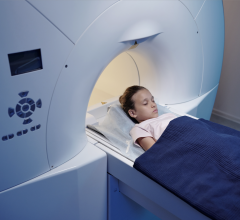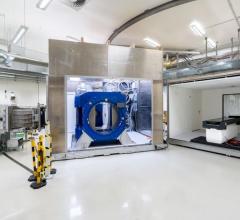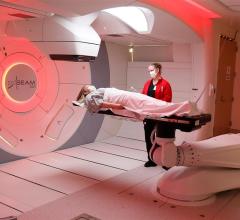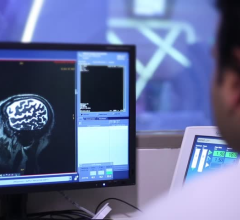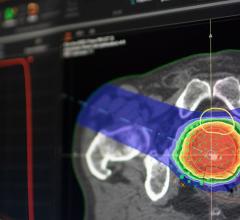September 9, 2013 — More than two decades after becoming the world’s first hospital-based proton therapy center, the engineers, scientists and physicians at Loma Linda University Medical Center (LLUMC) continue to develop new technologies that will lead to the next generation of proton therapy treatment.
Because of its pinpoint accuracy, proton therapy today is a highly effective form of treatment for two main reasons: one, there is significantly less radiation to surrounding healthy tissues; and two, it has the ability to take care of many types of tumors found in adults and children often considered difficult to treat with standard radiation therapies.
“One might think that all proton beams are created equal, but that’s not the case,” said Jerry D. Slater, M.D., chairman of the LLUMC Proton Treatment & Research Center. “Scatter beam technology was the first type of technology we developed, and we still consider it the most effective proton therapy beam available for many types of tumors. But as far back as 1985, we were looking at active beam scanning (ABS) technology for use at LLUMC to provide another tool for oncologists to use to maximize treatment benefits.”
As a leader in proton beam development, LLUMC’s research is committed to creating the most effective proton delivery methods. As such, LLUMC has spent considerable time and resources studying the potential of ABS technology and has developed a scanning-beam delivery system with superior resolution and spot size. LLUMC’s ABS technology provides our physicians with a tool to irradiate complex tumors with superior conformity and without the need for an aperture. When the technology is approved for use at LLUMC, the proton treatment center will be able to offer the patient a completely personalized treatment using either ABS or scatter beam technology combined with the experience that comes from being the first hospital-based proton center.
“Our research is showing the promise of ABS technology specifically for certain large and irregularly shaped tumor sites. But for certain smaller-scale targets, the scatter beam could still be the most effective treatment option for patients,” Slater said. As a consequence, doctors anticipate that the scatter beam will be utilized to deliver the necessary radiation approximately 70-85 percent of the time.
“As we have done throughout our history, we will continue to search for new frontiers in proton therapy and through clinical research bring the best of what we’ve learned to our patients in a safe and efficient way,” said Slater.
For more information, visit: www.lomalindahealth.org

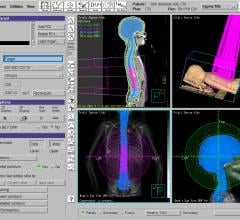
 May 06, 2024
May 06, 2024 

